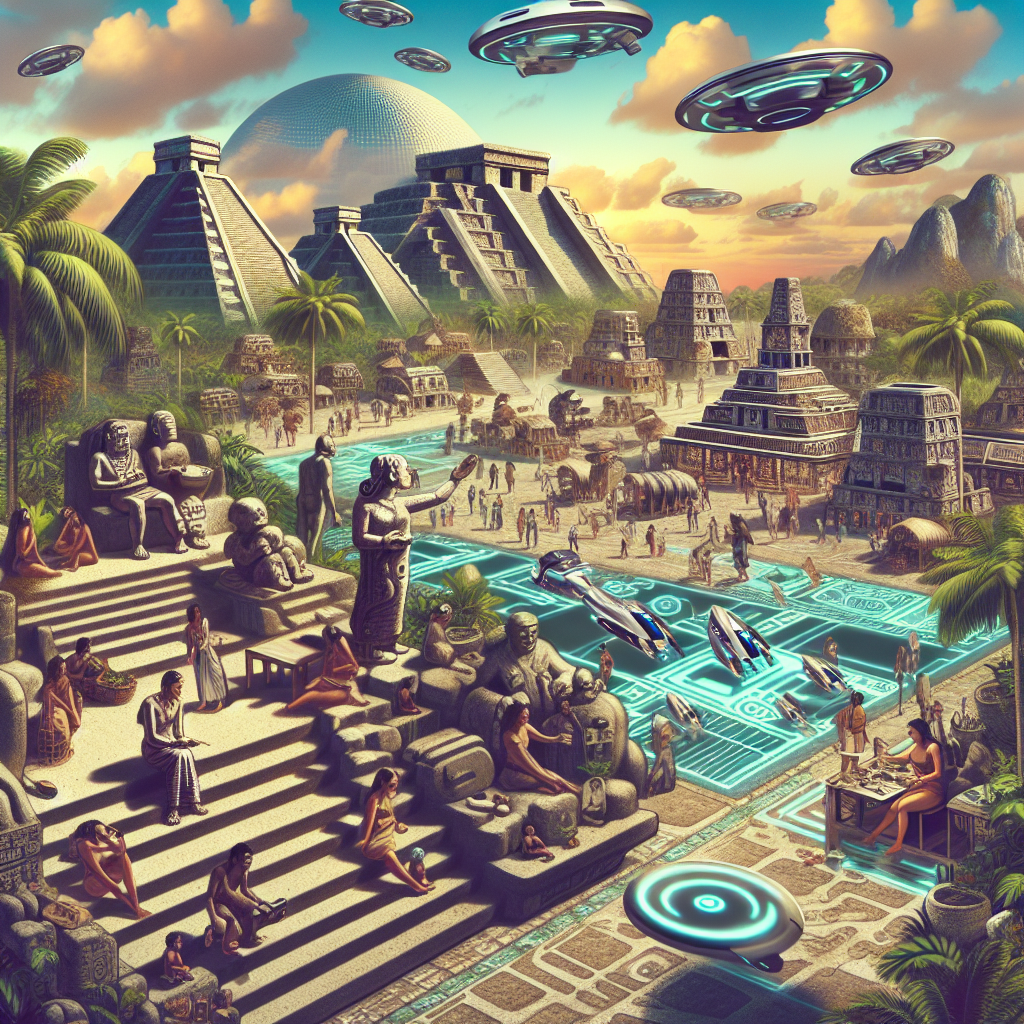The Future of Maya Civilization: A Look Ahead to 2025
The Maya civilization is one of the most fascinating and mysterious ancient civilizations in the world. Flourishing in the regions of present-day Mexico, Guatemala, Belize, Honduras, and El Salvador, the Maya people built impressive cities, developed a sophisticated writing system, and made significant advancements in mathematics, astronomy, and art.
However, like many ancient civilizations, the Maya civilization eventually declined and was largely abandoned by the time the Spanish arrived in the 16th century. Despite this decline, the Maya culture and traditions have persisted to this day, with millions of Maya people still living in the region and continuing to practice their traditional customs.
As we look ahead to the year 2025, the future of the Maya civilization is both promising and challenging. On one hand, there has been a resurgence of interest in Maya culture and history in recent years, with archaeologists uncovering new discoveries and researchers making advancements in understanding the Maya writing system and calendar.
This renewed interest in Maya civilization has led to a growing tourism industry in the region, with visitors from around the world flocking to see the impressive ruins of ancient Maya cities such as Tikal, Chichen Itza, and Palenque. This influx of tourism has provided a much-needed economic boost to the region, bringing jobs and investment to local communities.
However, the future of the Maya civilization also faces challenges. Climate change and deforestation are threatening the delicate ecosystems that the Maya people have relied on for centuries. Rising temperatures and changing weather patterns are impacting agriculture, while deforestation is destroying the natural habitats of many plant and animal species that are essential to Maya culture and traditions.
Additionally, the Maya people themselves are facing challenges as they strive to preserve their language, customs, and way of life in the face of globalization and modernization. Many Maya communities are struggling to maintain their traditional practices while also adapting to the pressures of the modern world.
Despite these challenges, there is hope for the future of the Maya civilization. Efforts are being made to protect and preserve the natural resources of the region, with organizations working to combat deforestation and promote sustainable agriculture practices. Additionally, initiatives are in place to support Maya communities in preserving their language and cultural traditions, ensuring that future generations will continue to learn about and celebrate their rich heritage.
As we look ahead to 2025, it is clear that the future of the Maya civilization is both complex and uncertain. However, with continued efforts to protect the environment, support local communities, and preserve Maya culture, there is hope that this ancient civilization will continue to thrive and inspire future generations for years to come.


